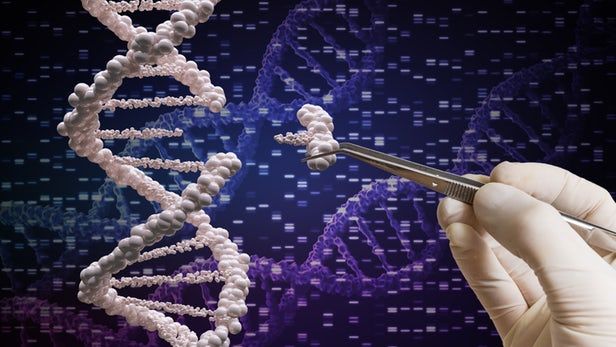Over just a few short years the CRISPR gene-editing technique has revolutionized science, affecting everything from medicine to agriculture. Two new breakthrough studies have just been published describing dual methods that make the process more precise and efficient paving the way for scientists to safely alter DNA mutations that cause thousands of different human diseases.
CRISPR is conventionally a cut-and-paste tool allowing scientists to chop out unwanted strands of DNA and insert new genes, but a large volume of human diseases are caused by a single point mutation somewhere in a person’s DNA. Up until now scientists have not been able to simply and directly erase or rewrite these single mutations in living human cells.
Our human genome consists of 3 billion base pairs made up of chemical units referred to by the letters A, C, G and There are 50,000 known genetic mutations that are linked to disease in humans and 32,000 of these are single point mutations. Half of those single point mutations have been identified as a G-C pair that has mutated into an A-T pair.
